New Pacific Metals (TSXV: NUAG; US-OTC: NUPMF) says its Silver Sand project in Bolivia is one of the more significant primary silver discoveries in the last decade, and the majority of the mineralization identified so far lies within a few hundred metres of surface.
The company released its inaugural resource estimate on the deposit this week, two years after acquiring the project, outlining 35.39 million measured and indicated tonnes grading 137 grams silver per tonne for 155.86 million oz. contained silver and 9.84 million inferred tonnes averaging 112 grams silver per tonne for 35.55 million ounces. The estimate used a cut-off grade of 45 grams silver per tonne.

A view of the Silver Sand Main Zone from San Cristobal Hill. Credit: New Pacific Metals.
Seventy percent of the resource is in the measured and indicated category and the same percentage is within a depth of 200 metres, while the deposit remains open at depth and to the north and south. So far, the company has drilled close to 100,000 metres in 396 drill holes. (Thirty-seven infill holes did not make it into the resource estimate before the cut-off date, but returned high-grade intervals from the core of the deposit.)
Mark Cruise, the company’s chief operating officer, says for an open-pittable silver deposit, Silver Sand’s grade of 137 grams per tonne is quite high, given that the average grade for an underground silver mine is about 180 grams silver per tonne.
“It stacks up very well no matter what metric you look at, and it hasn’t been fully drilled off yet,” Cruise says in a telephone interview. “We haven’t found the feeder zone yet because we’ve been busy defining a near-surface resource. We will test for underground targets, which, based on the style of deposits in Bolivia, can tend to be higher grade closer to the feeder zone.”
He notes that the Silver Sand project is just 25 km northeast of the Cerro Rico silver and base metal mineral system near Potosi. “Cerro Rico was one of the world’s largest and richest silver mines, which paid for the Spanish Empire,” he says. “Mining started there over 450 years ago. Over 1.2 billion oz. silver were produced there, and the area is still being mined today. We’re on very big structures.”
Cruise, who has a PhD in geology from the University of Dublin and most recently founded Trevali Mining (TSX: TV), which he grew from an initial discovery to a global top-ten zinc producer, points out that New Pacific has a land package of 60 sq. km and already has made several discoveries near its main deposit. In the latter half of 2019, the company discovered a new area of mineralization 600 metres to the east of the Silver Sands deposit it has named, Snake Hole.
“It’s not included in this resource but it returned one of the highest intercepts since we started working here — 73 metres of close to 300 grams per tonne — and within that, 35 metres of 500 grams, so we’re following up on that very aggressively … and that speaks to the district-scale potential.”
New Pacific also found outcrops 600 metres long and 200 metres long, 4 km away at its El Bronce target, which has not been drill tested.
“We’ve got an emerging district where there has been zero drilling,” Cruise says. “We’re here for the long-term, and while Silver Sand is our main focus, we’re going to see what else we can find in this district.”

New Pacific Metals’ Silver Sand project in Bolivia. Credit: New Pacific Metals.
“We want to leverage our knowledge and advance the Silver Sand deposit and continue to explore on a larger scale because the country is completely open,” he says, noting that the last phase of modern exploration occurred in the mid-1990s to the early 2000s.
“Since then, essentially, there has been little if any modern exploration – certainly when compared to neighbouring countries,” he says. “At this point in time in the country’s exploration cycle, Bolivia feels like Peru in the mid-1990s or Ecuador more recently, prior to or on the cusp of opening up. Given that New Pacific is one of the few active explorer-developers in-country, we feel we are ideally placed as ‘first-movers.’”
New Pacific Metals has US$32 million in its treasury.
The company has 148 million common shares outstanding for a $695-million market capitalization.
Over the last year, its shares have traded in a range of $1.66 and $6.99. At press time in Toronto, the company was trading at $4.72 per share.
Shortly after this article went to press, New Pacific Metals appointed Cruise as its CEO on April 27. Cruise takes over the leadership role from the company’s founder, Rui Feng.

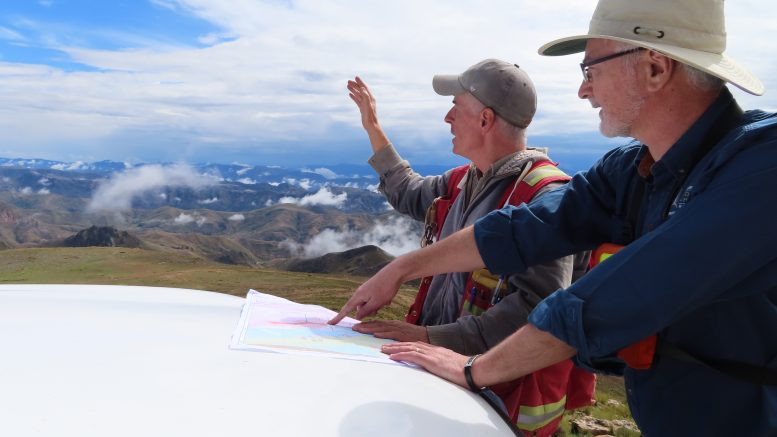
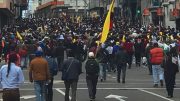
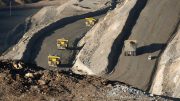
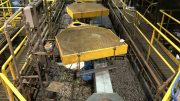
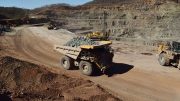
Be the first to comment on "New Pacific sees ‘district-scale potential’ in Bolivia"